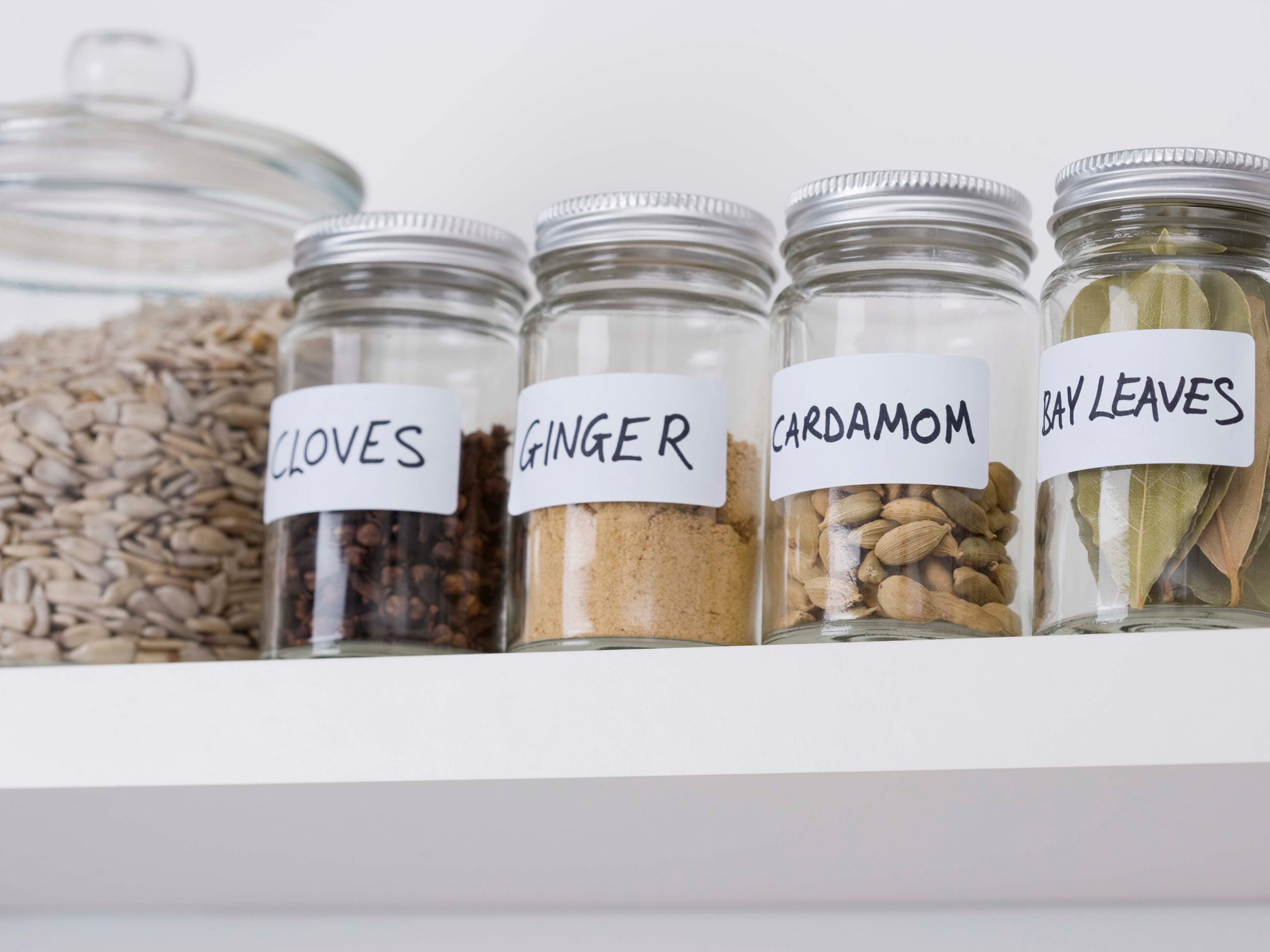Get Easy Health Digest™ in your inbox and don’t miss a thing when you subscribe today. Plus, get the free bonus report, Mother Nature’s Tips, Tricks and Remedies for Cholesterol, Blood Pressure & Blood Sugar as my way of saying welcome to the community!
7 kitchen ingredients to improve blood sugar control

Blood sugar control is important for everyone.
But you don’t have diabetes, you say, so how important can it be?
Well, you may not feel anything happening, but each sugar spike makes you more and more insulin resistant, and sets you up for diabetes sooner than later.
But if you’re diabetic already, or prediabetic, maintaining tight blood sugar control is extremely important.
That’s why you should take advantage of the most effective blood sugar control tools at your disposal. All you have to do is look to simple ingredients you may already have in your kitchen…
Ginger. Contains a phenolic compound called gingerol, which helps increase the distribution of a glucose transport protein called GLUT4. This is one of the main proteins that controls insulin and helps get glucose out of the bloodstream and into the cells.
Include ground or fresh ginger in stir fries or add a fresh slice of ginger and a twist of lemon to black or green tea.
Fenugreek. When researchers gave type 2 diabetic patients 10 grams of powdered fenugreek seeds per day soaked in hot water over 8 weeks, they found their fasting blood sugar was lowered by 25 percent and triglycerides by 30 percent.
Fenugreek seeds can be added to salads, soups, cereals, or yogurt.
Turmeric. Turmeric contains over 300 different components but one of the most beneficial components is curcumin. It’s been shown to enhance insulin sensitivity, lower blood glucose levels, enhance transporter proteins, and reduce inflammation — one of its better-known influences.
Put one quarter of a teaspoon of ground turmeric in a cup of green tea and drink a few cups a day. Both the turmeric and the green tea are anti-inflammatory, which makes them a great combo.
Garlic. Animal studies have shown that inclusion of garlic in a high sugar diet significantly reduces blood sugar and insulin levels. Of course, you don’t want to use garlic as a substitute for a high sugar diet. But including garlic regularly among other healthy foods is bound to provide additional benefits.
Coriander/cilantro. Animal studies show that the consumption of aqueous extracts from coriander inhibit glucose uptake in the gastrointestinal tract.
Try adding this fragrant herb to salads, stir-fries or any Asian-inspired dish.
Cinnamon. Has a unique ability to activate mechanisms in the insulin receptors, which helps increase insulin sensitivity. It helps promote the function of GLUT4 transporter proteins. And it’s also been shown to increase the amount of GLUT4 receptors, all of which helps glucose enter cells more efficiently.
Add ground cinnamon to your breakfast meal or shake. Mix a generous amount into plain yogurt, along with vanilla and a few berries. Include the spice in curries or any sweet dish that you make.
Rosemary. Much like coriander, rosemary has been shown to inhibit the activity of glucose via aqueous and methanol extracts it contains, along with phenolic compounds called caffeic acid. It’s also been shown to support the action of insulin to help clear glucose out of the bloodstream into the cells.
Rosemary works well in meat marinades. Place fresh rosemary sprigs into olive oil to infuse with rosemary extracts. Or chop the rosemary finely and mix it with butter and garlic for an herb-enriched garlic bread.
Editor’s note: The truth is the medical establishment doesn’t want you to know the proven, simple tricks that can turn type 2 diabetes around. Because quite frankly, that’s business model that just doesn’t compute. But you can find them in Forbidden Secrets From Nature’s Pharmacy to Reverse Diabetes and Blood Sugar Problems! For a preview of what you’ll find, click here!
Sources:
- Li, Y. Gingerols of Zingiber officinale enhance glucose uptake by increasing cell surface GLUT4 in cultured L6 myotubes. — Planta Med. 2012;78(14):1549-55.
- Kassaian N, et al. Effect of fenugreek seeds on blood glucose and lipid profiles in type 2 diabetic patients. — Int J Vitam Nutr Res. 2009;79(1):34-9.
- Medagama AB. The glycaemic outcomes of Cinnamon, a review of the experimental evidence and clinical trials. — Nutr J. 2015;14:108.
- Padiya R, et al. Garlic improves insulin sensitivity and associated metabolic syndromes in fructose fed rats. — Nutr Metab (Lond). 2011;8:53.
- Shao W, et al. Curcumin Prevents High Fat Diet Induced Insulin Resistance and Obesity via Attenuating Lipogenesis in Liver and Inflammatory Pathway in Adipocytes. — PLoS One. 2012;7(1): e28784.
- Hassani FV, et al. Rosemary (Rosmarinus officinalis) as a potential therapeutic plant in metabolic syndrome: a review. — Naunyn-Schmiedeberg’s Arch Pharmacol. 2016;389:931–949.













